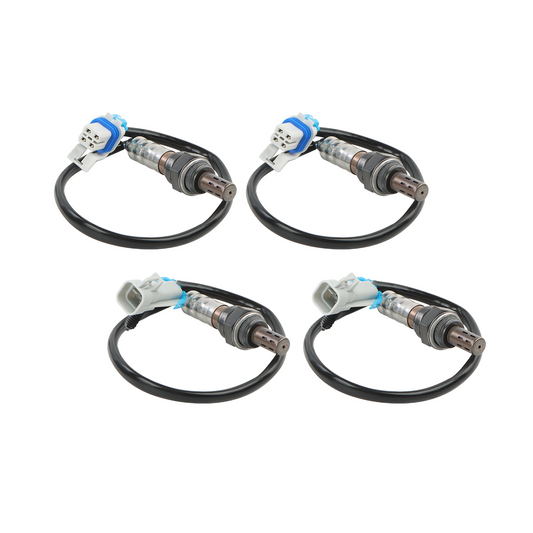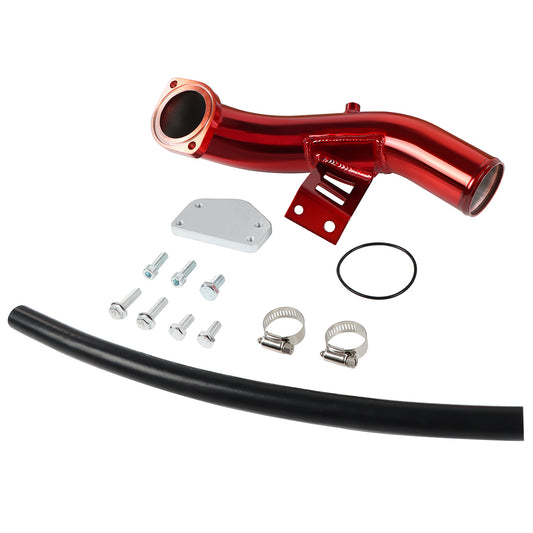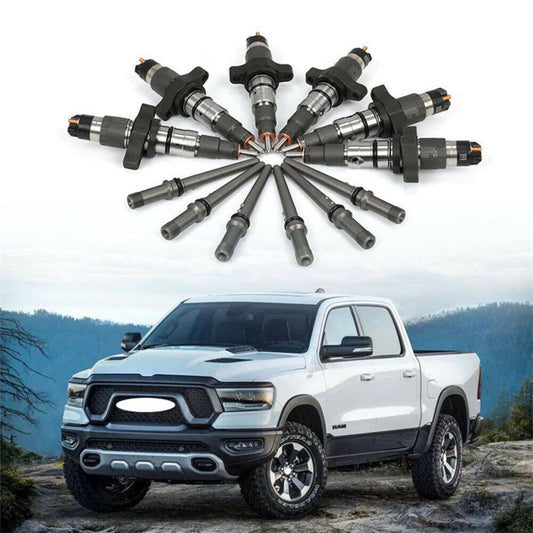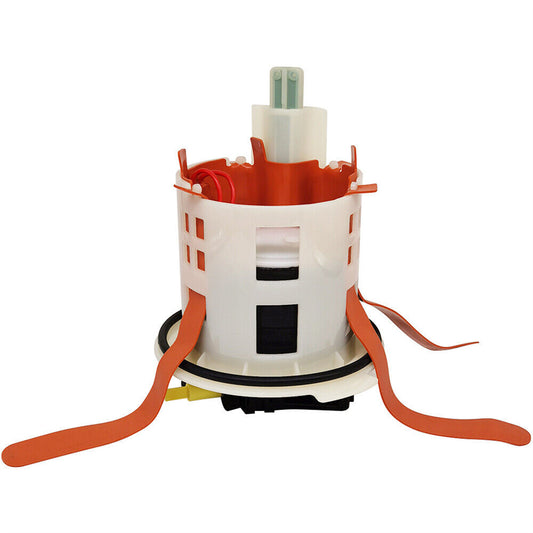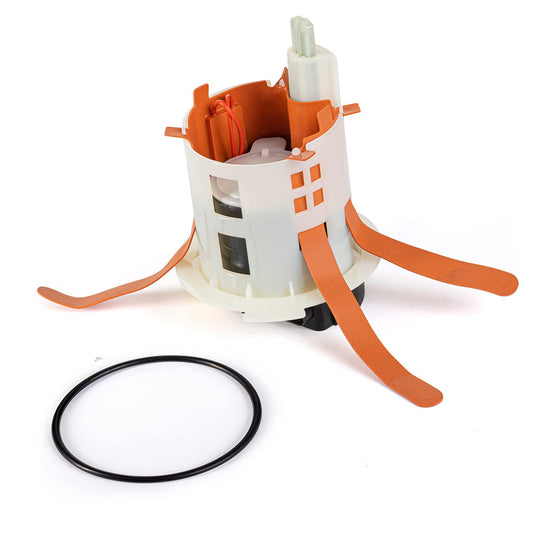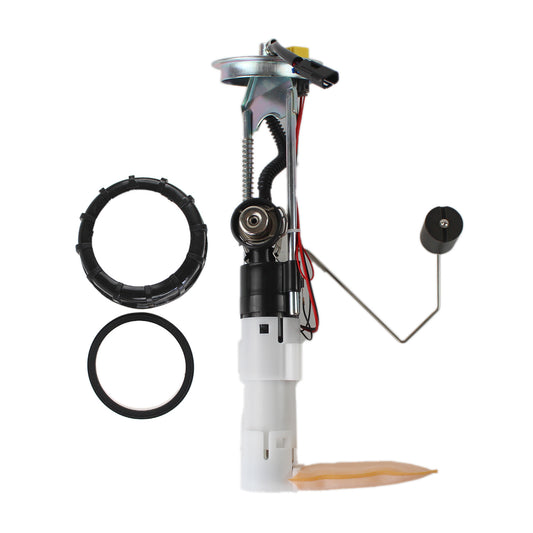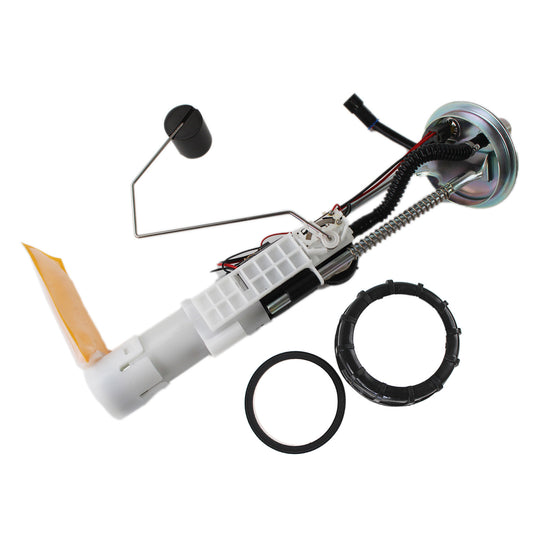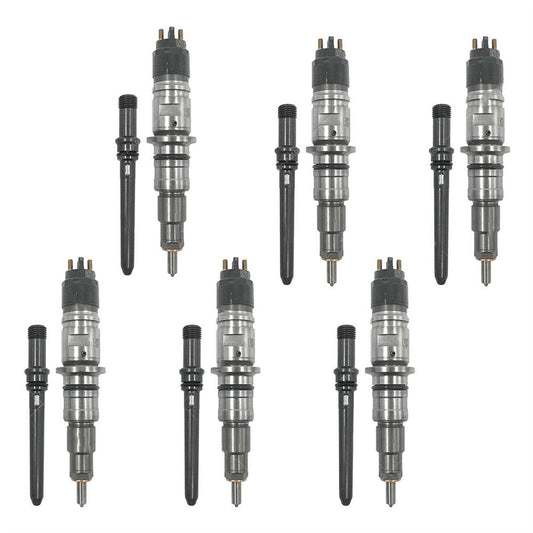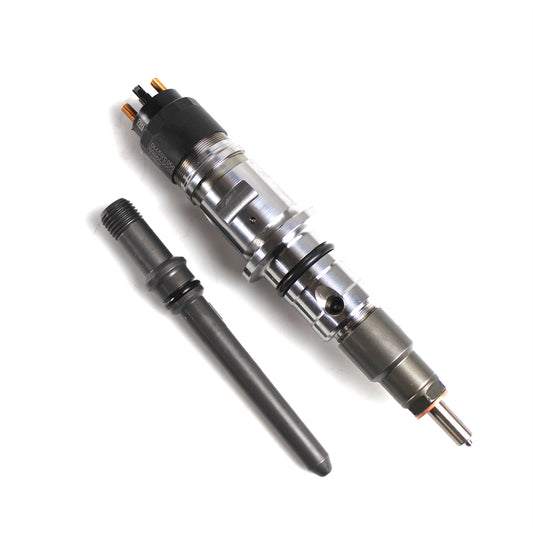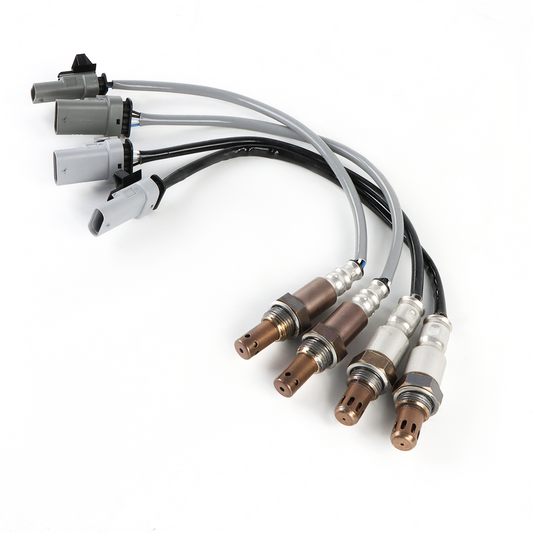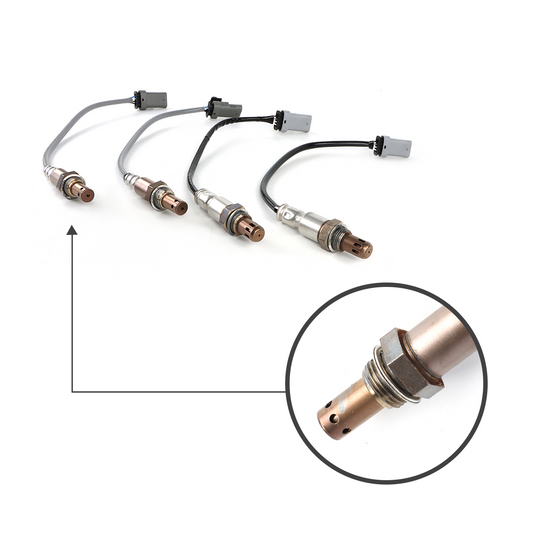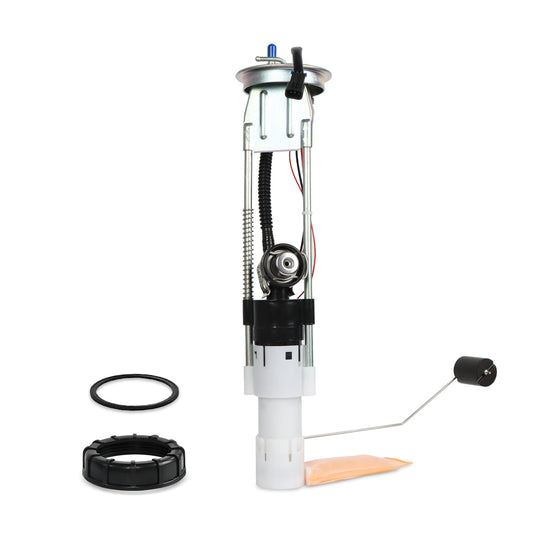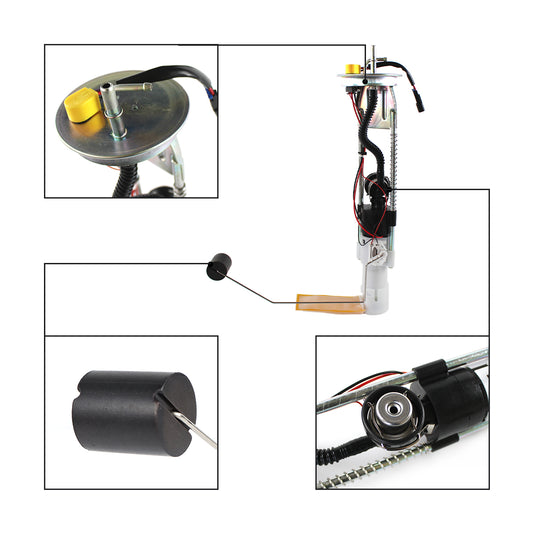Comparison of Different Control Arms
Importance of Suspension System
The suspension system is one of the most critical components of a vehicle so its importance cannot be overstated. The primary function of the suspension system is to provide a smooth and comfortable ride for the passengers by absorbing shock and vibration from the road surface. However, its role is beyond comfort alone.
A well-performance suspension system is crucial for a vehicle's safety and stability. The suspension system helps to maintain proper tire contact with the road surface which is essential for good handling and steering response. Additionally, it distributes the vehicle's weight evenly, ensuring each tire carries its fair share of the load.
The suspension system also plays a critical role in preventing body roll and pitch which can cause instability and loss of control in certain driving situations. For example, when driving on a curve, the suspension system helps to keep the vehicle's body level, preventing it from leaning too far to one side and losing traction.
Moreover, the suspension system affects the braking performance of a vehicle. When you apply the brakes, the weight of the vehicle shifts forward, putting more pressure on the front wheels. A well-functioning suspension system helps to distribute this weight evenly, ensuring that both the front and rear brakes work effectively.
The suspension system also protects the vehicle's components and systems from damage from vibrations and shock. Without a good suspension system, the vehicle's body and other components would be subjected to continuous stress and strain, leading to premature wear and tear.

What Do Upper Control Arms Do?
Control arms are an essential part of a vehicle's suspension system, and their main purpose is to connect the wheel hub to the chassis of the vehicle. Control arms help to control the movement of the wheels ensuring that they remain stable and aligned with the road surface.
Control arms are usually made of steel or aluminum and have a ball joint at one end that attaches to the steering knuckle or wheel hub and a bushing at the other end that attaches to the frame of the vehicle. The ball joint allows for the up-and-down movement of the wheel, while the bushing provides a pivot point for the control arm.
Control arms have different shapes and sizes which depend on their location and function in the suspension system. There are different types of control arms, including upper and lower control arms, and front and rear control arms.
Upper vs Lower Control Arm

Control arms are found in a variety of suspension systems, including double wishbones, multi-link, and MacPherson struts. In double wishbone suspension systems, there are two upper and two lower control arms each, while in MacPherson strut suspension systems, there is one upper and one lower control arm each. The upper and lower control arms work together to maintain proper wheel alignment, improve handling, and ensure a comfortable ride. However, both of them still have some notable differences.
- Location: The upper control arms are located above the lower control arms and connect the upper part of the wheel hub assembly to the vehicle's chassis or frame. The lower control arms are located below the upper control arms and connect the lower part of the wheel hub assembly to the chassis or frame.
- Function: The upper control arms control the wheel's camber and caster angles, while the lower control arms control the wheel's toe angle. The camber angle refers to the wheel's angle in relation to the road surface, and the caster angle refers to the angle between the steering axis and the vertical axis of the wheel. The toe angle refers to the angle of the wheel about the longitudinal axis of the vehicle. By controlling these angles, the upper and lower control arms help to maintain proper wheel alignment, which is essential for good handling and tire wear.
- Design: The upper control arms are typically shorter and have a more compact design than the lower control arms. The upper control arm is typically an A-shaped metal rod that pivots at two points and can move vertically as the wheel moves over bumps and irregularities on the road surface. While the lower control arm is usually shaped into a U-shaped metal rod.
- Material: Both upper and lower control arms can be made of various materials, including steel, aluminum, and composite materials. However, the lower control arms are usually more massive and made of thicker material than the upper control arms, as they have to withstand greater stresses.
- Wear and Tear: Both upper and lower control arms can wear out over time due to constant stress and exposure to the elements. However, the lower control arms are more prone to wear and tear than the upper control arms, as they have to support more weight and absorb more shocks and vibrations.
Front Control Arm vs Rear Control Arm

The front and rear control arms usually come in pairs, consisting of an upper control arm and a lower control arm, which work together to ensure proper wheel alignment and handling. The front and rear control arms work in tandem with other suspension components, such as shocks, struts, and sway bars, to absorb shocks and vibrations from the road surface and provide a smooth and comfortable ride.
Although the front and rear control arms have similar aspects, they differ in their location, orientation, function, complexity, wear and tear, and impact on handling. These differences can help drivers and mechanics identify and address issues with their suspension systems to maintain the vehicle's performance and safety.
- Location: The most apparent difference between the front and rear control arms is their location. Front control arms are located in the front suspension, while rear control arms are located in the rear suspension.
- Orientation: Front control arms are typically shorter and positioned horizontally, while rear control arms are longer and more vertical.
- Function: Front control arms primarily control the vehicle's steering and are responsible for maintaining proper wheel alignment. Rear control arms, on the other hand, are responsible for keeping the rear wheels in place and controlling their movement.
- Complexity: Front control arms are often more complex than rear control arms, as they must accommodate steering and suspension components such as ball joints, tie rods, and sway bars.
- Wear and Tear: Front control arms typically wear out faster than rear control arms due to their location, which makes them more prone to corrosion and damage from debris on the road.
- Impact on Handling: Both front and rear control arms play a crucial role in the vehicle's handling, but front control arms have a more significant impact on handling due to their role in steering and alignment.
Front Upper Control Arm vs Rear Upper Control Arm
The similarities have been mentioned before, but their differences are needed to talk about, so as to ensure proper suspension system performance and handling for both the front and rear of the vehicle.
- Function: Both front and rear upper control arms help to control the movement and alignment of the wheels, but they do so in different ways. Front upper control arms typically have a more significant impact on steering stability, while rear upper control arms are more important for maintaining proper suspension alignment and stability.
- Design: The front and rear upper control arms also have different designs. Front upper control arms often have a shorter and more compact design to fit in the limited space available in the engine compartment. Rear upper control arms, on the other hand, are often longer and more substantial to accommodate the additional weight and force that is placed on the rear suspension.
- Materials: The materials used to make the front and rear upper control arms can also differ. Front upper control arms are typically made of lighter materials like aluminum to reduce weight and improve handling, while rear upper control arms are often made of stronger materials like steel to withstand the additional weight and force on the rear suspension.
- Importance: While both front and rear upper control arms are critical for maintaining a vehicle's suspension system, the importance of each can depend on the vehicle's design and intended use. Vehicles with a front-engine, rear-wheel-drive layout may have more weight and force on the rear suspension, making rear upper control arms more critical. Vehicles with a front-wheel-drive layout may have more weight on the front suspension, making front upper control arms more important for steering stability.
- Location: Front upper control arms are located between the steering knuckle and the vehicle's chassis, while rear upper control arms are positioned between the rear axle and the chassis.
Conclusion
Upper control arms are located above the lower control arms. Lower control arms, on the other hand, are positioned below the upper control arms.
Front control arms are located between the vehicle's chassis and the front axle, while rear control arms are positioned between the rear axle and the chassis. Both front and rear control arms help control the movement and alignment of the wheels.
Front upper control arms primarily help control the camber angle and caster angle, while rear upper control arms help control the camber angle and toe angle.
Overall, the differences between the different types of control arms are important for maintaining and improving a vehicle's suspension system performance and handling. If the control arm is damaged or worn out, it can cause the wheels to become misaligned, even leading to uneven tire wear, poor handling, and reduced safety. Therefore, it's important to inspect the control arms regularly and replace them when necessary. If you need to replace the upper control arms, Daysyore auto parts will satisfy you, and there is more information on how to replace the upper control arms.


